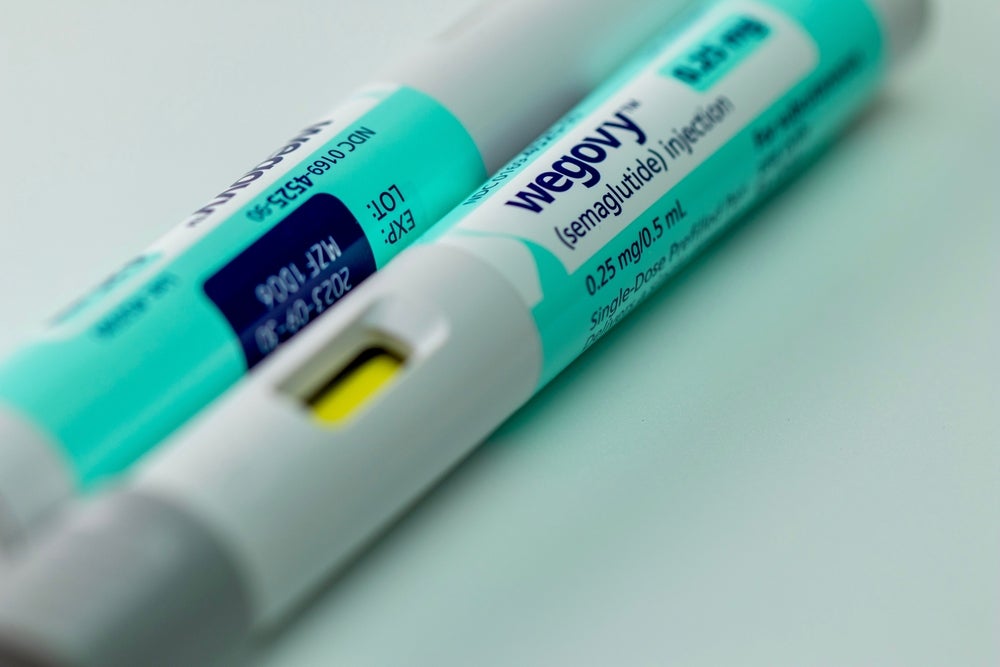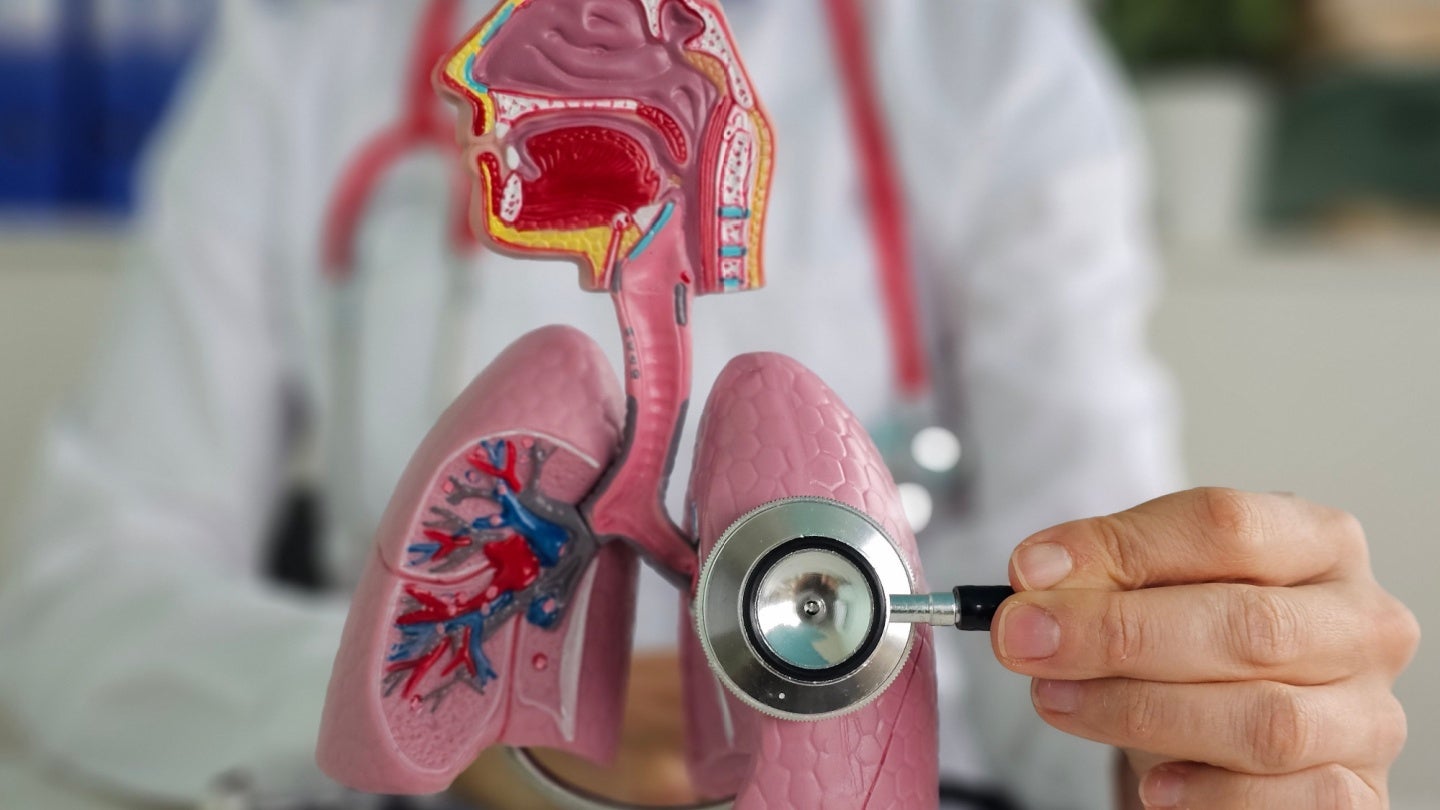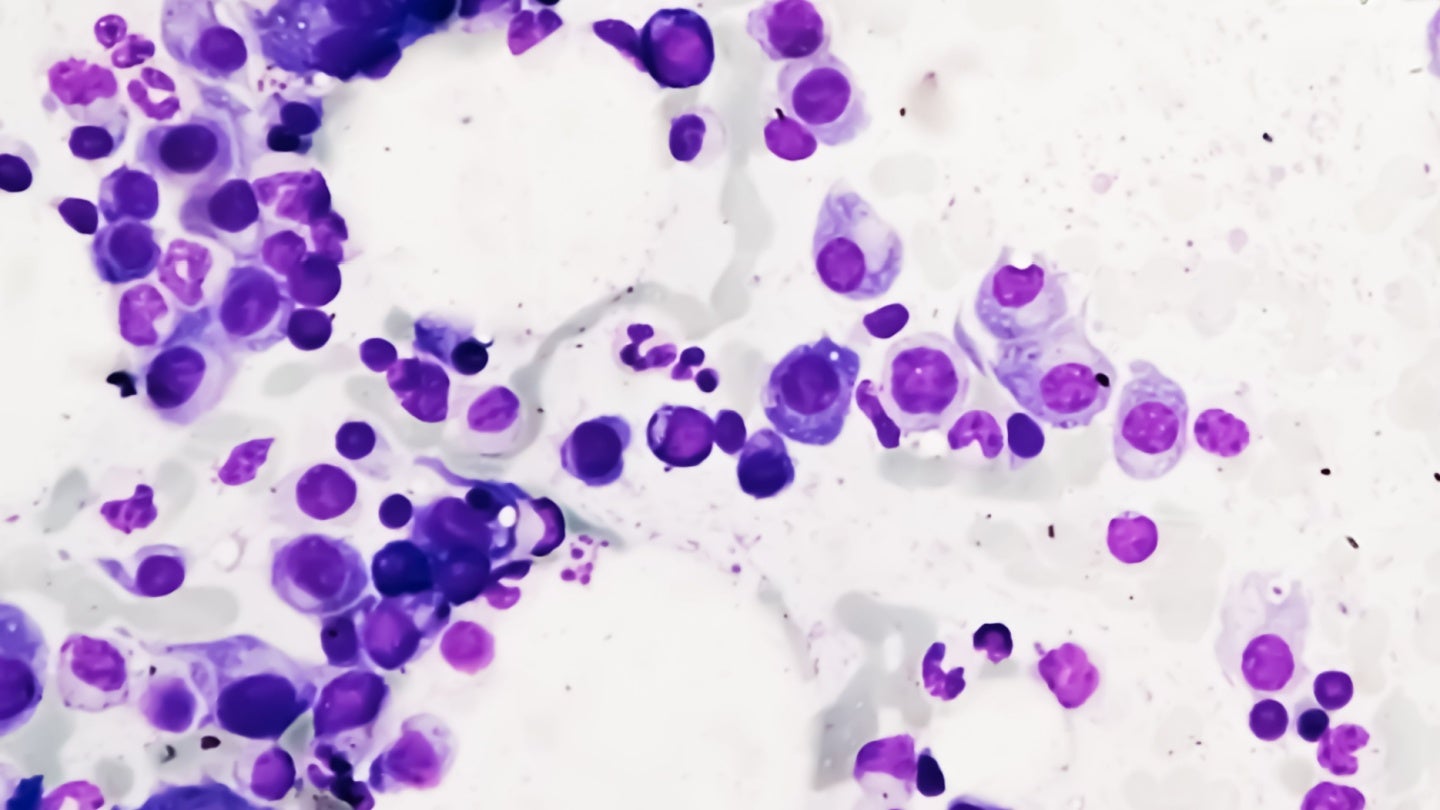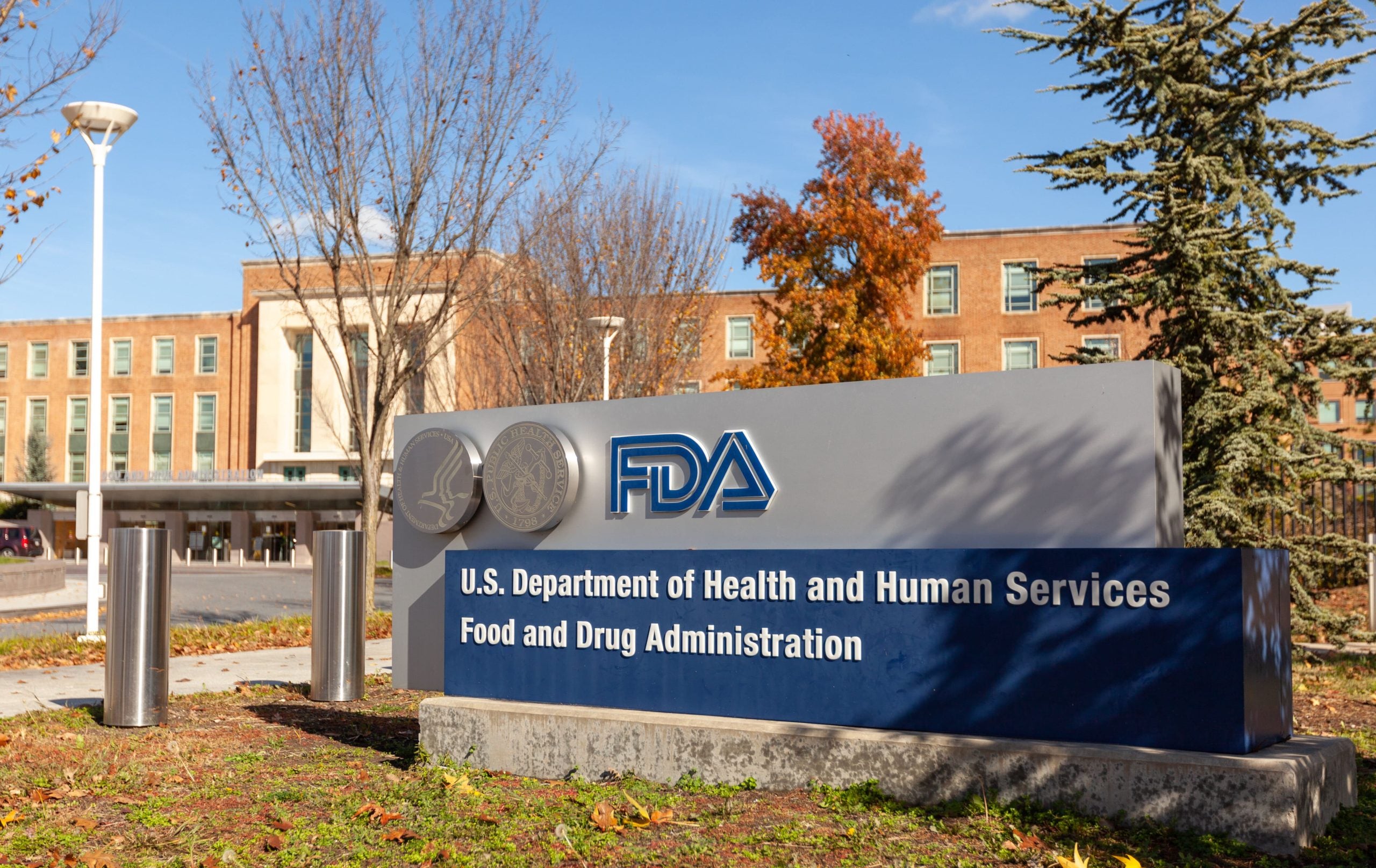Opinion: State and local governments across the country are sidelining science
State and local governments across the country are sidelining science.

In late August 2017, Hurricane Harvey brought Texas rain that just wouldn’t stop. After four torrential days, 75 people had died, and Houston — America’s fourth largest city — was deep under water. But given that the area is home to Superfund sites, fossil fuel-fired power plants, and other petrochemical hubs, this wasn’t ordinary rainwater. It was more like a toxic soup. Aerial photographs taken in the aftermath of the storm show the luminescent sheen of oil slicks and other toxins spreading across the city. Dangerous chemicals were also in the air.
It wasn’t too long after the storm was gone that people started to feel sick. First responders’ and residents’ throats were burning, and many began to feel nauseous and dizzy. The National Aeronautics and Atmospheric Administration offered to fly an airplane equipped with the world’s most sophisticated air samplers over Houston to monitor air pollution. The plane can identify dangerous toxins, information that could have helped officials determine both possible health impacts to Houstonians from the disaster and the cleanup strategies to be used in recovering from the storm.
What's Your Reaction?

































